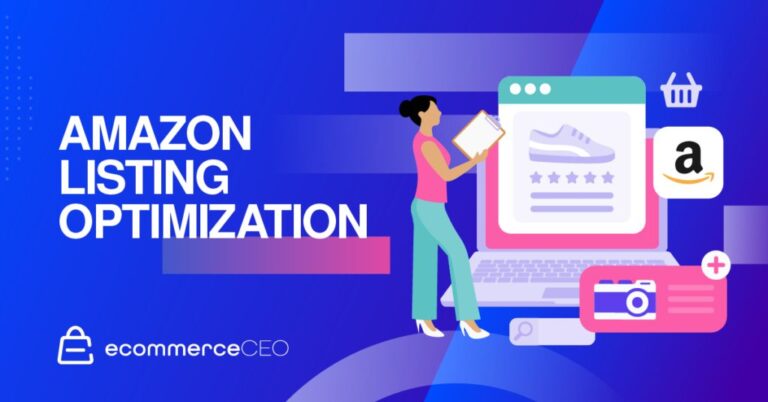Our annual consumer survey has become a tradition since we first started it shortly after the beginning of the pandemic. E-commerce trends changed greatly that year, and since then, we’ve seen consumer habits start to stabilize — but not necessarily revert to the shopping preferences previously held.
We recently revealed the results of our 2022 consumer shopping trends survey in a webinar, Navigating Online Consumer Behavior: 2022 E-Commerce Shopping Trends, featuring ChannelAdvisor experts from around the globe. In partnership with Dynata, our research of more than 5,000 online consumers — aged 18 to 65 across five countries — revealed some important findings for brands and retailers related to:
- The impact of inflation
- Marketplace popularity and growth
- The prevalence of digital touchpoints
- BOPIS/click-and-collect offerings
- Retail media in marketplaces
The Global Trends Shaping E-Commerce in 2022
The survey data revealed five major trends for e-commerce across the past 12 months:
- Consumers are still shopping online despite inflation.
Compared to their habits 12 months prior, 77% of consumers say they’re spending the same or more online today despite rising costs. German consumers were among the most likely to say they’re spending the same or more today compared to shoppers in other regions like the UK, US, Australia and France.
Does this mean inflation isn’t playing a role in consumers’ spending habits? Not necessarily. It could just represent a shift from in-person retail sales to online sales. Or it may simply indicate there are other, more influential factors affecting e-commerce spending. It will be important to watch this trend over the coming months, as it may be a constantly changing metric.
- Marketplace popularity is still growing.
Marketplace shopping is certainly not a fad. In fact, 76% of global consumers say they regularly use not one, but multiple marketplaces for browsing, shopping or buying. This is especially true among younger consumers (ages 18-45).
Many consumers even look beyond well-known global marketplaces to emerging and international marketplaces. This is especially true in Australia, where 50% of survey respondents across all age groups acknowledged purchasing from a foreign marketplace in the past year.
This is why having a presence on marketplaces is crucial. Otherwise, potential new audiences may not be able to find you. And because younger consumers are leading the charge toward marketplace-heavy e-commerce, future generations will expect the same.
- Most shoppers check multiple sites before purchasing.
The number of digital touchpoints before shoppers make a purchase is on the rise. Our survey data shows that on average, 70% of consumers visit between two and four websites before actually clicking “buy.” This includes search engines, marketplaces, brand websites and any other digital environment that leads to purchase.
This doesn’t mean you should stop attempting to provide a one-stop shopping experience for consumers where they can discover, research and buy from the same platform. But you may consider diversifying your approach so other channels can provide supportive customer experiences for any stage of the buyer journey, as in the case of social selling
- Pick-up options are here to stay.
Buy online, pick-up in-store (BOPIS) options (or “click and collect” in Europe) came to light during the pandemic when shoppers wanted to receive their orders the same day without coming into direct contact with others. Despite consumers’ return to in-store shopping over the past year, BOPIS shows no signs of slowing down, as 44% of survey respondents said they made an order for pick-up in the last 12 months.
This option is especially popular among American (57%) and Australian (54%) buyers who are even more likely to take advantage if they are between ages 26 and 35 (71% and 66%, respectively). This demonstrates consumers’ desire for more options to receive their purchases, whether in store, curbside or two-day shipping.
- Retail media ads make a difference.
Our data shows that consumers not only see your ads, but make purchases as a result. In their lifetimes, 57% of US consumers and 45% of European consumers have purchased an item on Amazon after seeing an ad. Amazon has also led the way for other marketplaces and channels through retail media: 42% of global consumers have clicked on Sponsored or Promoted Product ads on a marketplace or retail site.
Our 2022 consumer survey data goes into more detail about product discovery, holiday buying and future buying to help you make better marketing decisions in the coming months:

Watch the full Navigating Online Consumer Behavior: 2022 E-Commerce Shopping Trends webinar on demand to hear our experts analyze these results with additional context.


